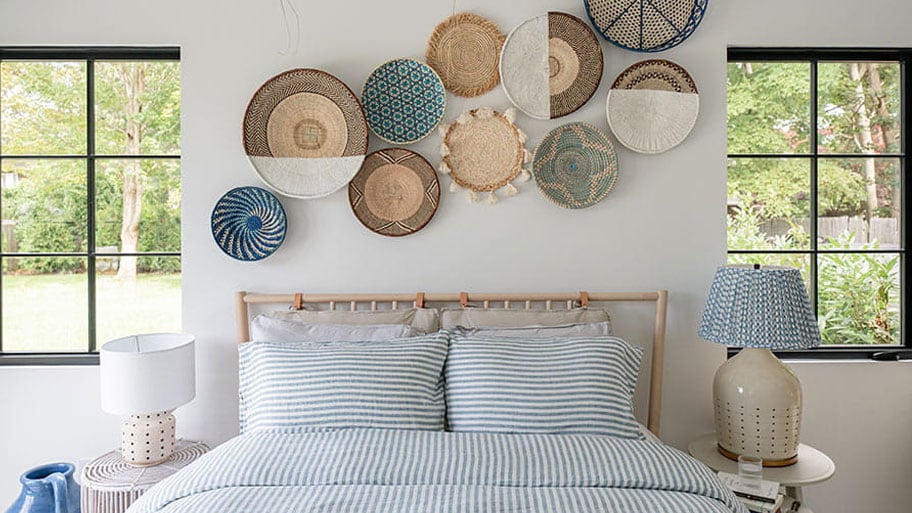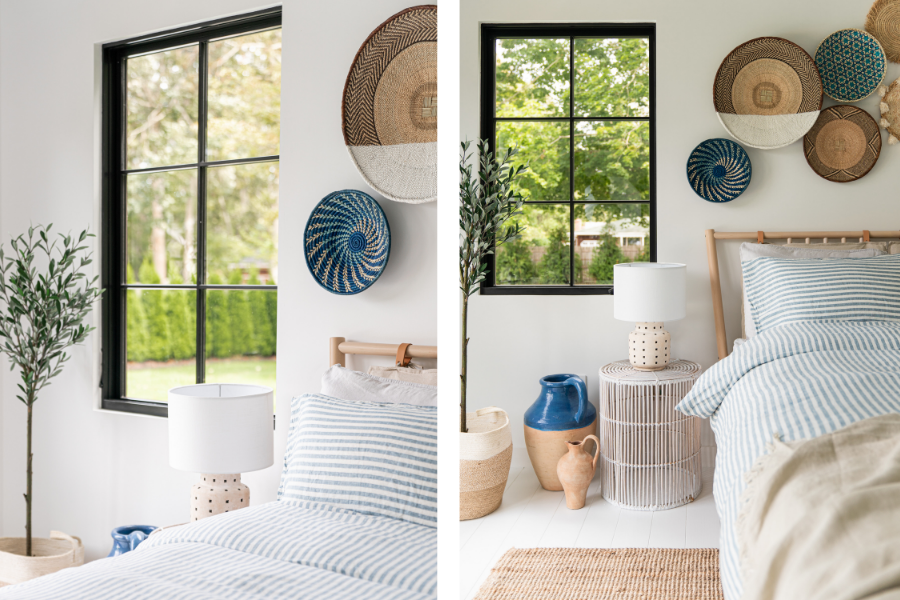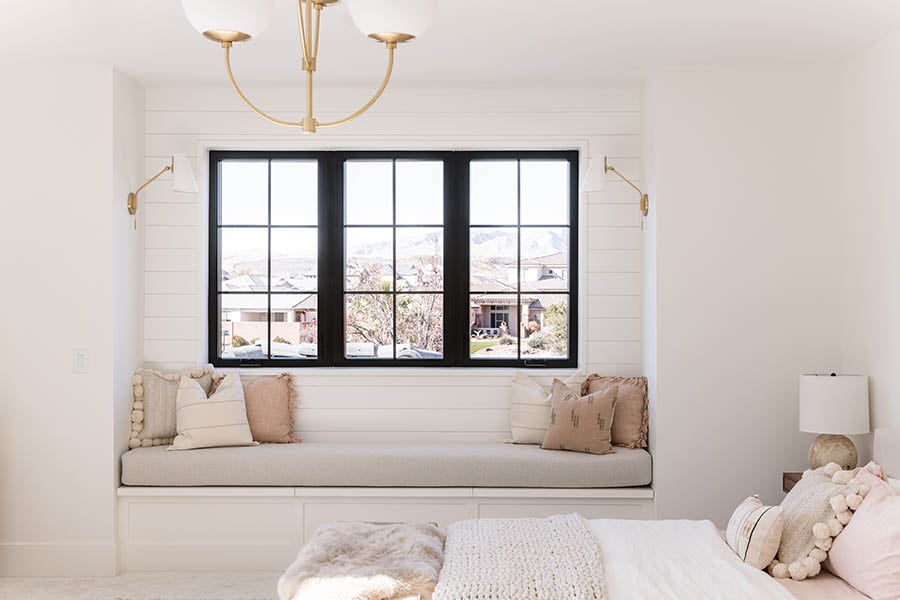Tips
Windows for a better night’s rest

How windows muffle noise
In general, the thicker the glass, the more sound is muffled. This means that a dual-pane window — a window with two layers of glass and an air space in between — will block more noise than the single-pane window you might find in an older home.
Sound travels through vibrations so window features that slow down or block those vibrations will help create a calmer indoor environment. Features like thick, rigid glass and air spaces in between panes all slow down the vibrations of sound. In addition, anything that helps block air will also help block noise – think weatherstripping and seals.
Installation can have a big effect as well. If a window is not properly installed, sound, water and air can all seep in.

Additional options for reducing noise
While simply investing in new windows could help make your home quieter, especially if you’re upgrading from single-pane windows or windows that are in disrepair — special upgrades can further reduce noise.
The STC-upgrade for our 100 Series window is an easy option. The thickness of panes in this dual-pane window is varied, which makes it harder for sound to pass through.
Laminated glass — available on both windows and doors — is better at reducing sound than standard glass, due to its composition of glass-vinyl-glass.
Triple-pane windows – exactly what they sound like – improve upon the performance of a dual-pane window by adding an extra pane of glass and an extra air space. Triple-pane is an option in both our A-Series and E-Series windows.
Ready to really dig in? The next section will help you comparison shop.
How to compare sound performance
You’ll see two measurements commonly pop up as you explore sound performance: Sound Transmission Class (STC) and Outdoor-Indoor Transmission Class (OITC). The STC value focuses more on the transmission of sound within a building — think music, TV and speaking voices – while OITC focuses on sound coming into a building — think cars, airplanes and construction noise.
For both measurements, the higher the rating the better. A typical dual-pane window has an STC rating of 25–30. If reducing noise is a major concern of yours, search for a window in the 30–35 STC range — for example, a 100 Series window with an STC upgrade or a 400 Series window with laminated glass.
Here’s an STC cheat sheet to aid your shopping:
< STC 30 = This is the grade at which most dual-pane windows will perform. You’d be able to hear and understand a loud conversation happening outside.
STC 30–35 = This is an elevated level of sound abatement performance. You might hear a loud, outdoor conversation but wouldn’t be able to make out the words.
STC 36–40 = This is a high level of sound abatement performance. Even loud conversations are hardly audible.

More ideas for a healthy night's sleep
1"How Does Sleep Affect Your Heart Health," Center for Disease Control, Accessed January 26, 2022.
2"Here’s What Happens When You Don’t Get Enough Sleep (And How Much You Really Need a Night)" Cleveland Clinic, Accessed January 26, 2022.
